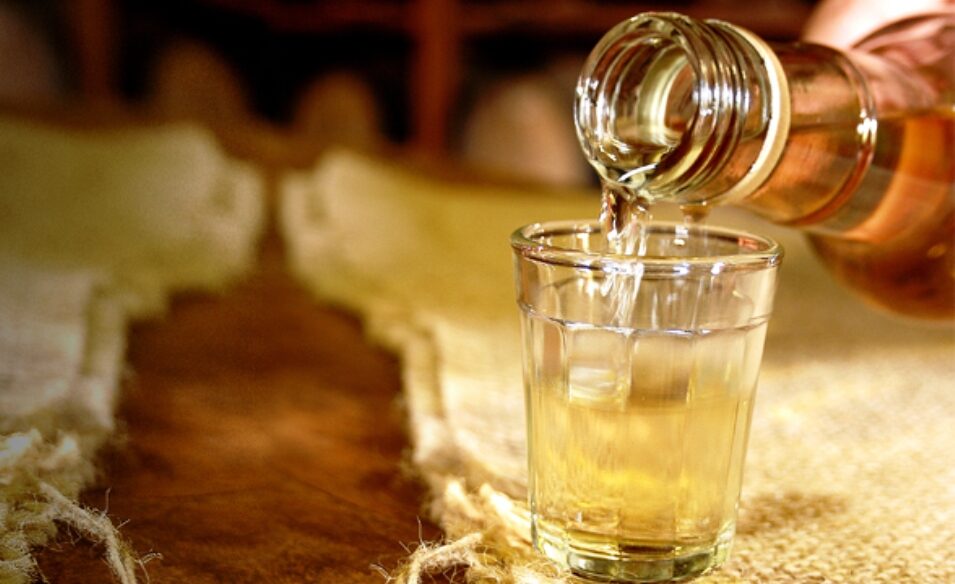September 13th marks a significant date in Brazil’s rich cultural tapestry—Dia Nacional da Cachaça, or National Cachaça Day. This day isn’t just about savoring a beloved spirit; it’s a commemoration of Brazil’s history, resilience, and the role cachaça has played in shaping the nation’s identity. As the first distilled cane spirit in the Americas, predating rum by nearly a century, cachaça holds a storied past intertwined with colonialism, rebellion, and national pride.
The Origins of Cachaça
Cachaça’s history dates back to 1523, when the first recorded distillation of fresh sugarcane juice occurred on a Brazilian sugar plantation. This spirit quickly became a favorite among Brazilians, not only for its delightful taste but also because it was one of the first widely consumed commodities produced locally in the Portuguese colony. Cachaça symbolized a break from imported goods, fostering a sense of self-reliance and cultural identity among the colonists.
The Portuguese Ban and the Cachaça Revolt

By the early 17th century, cachaça’s popularity had eclipsed that of Portuguese grape brandy, known as bagaceira. In an attempt to curb this and promote their own exports, the Portuguese crown imposed heavy taxes and, in 1635, banned the production and sale of cachaça in Brazil. This pushed cachaça production underground, where it continued to thrive as an essential part of the economy, even serving as currency in the slave trade.
The tension culminated in 1660 with the Cachaça Revolt in Rio de Janeiro. Local producers rebelled against the Portuguese authorities, protesting the restrictions and harsh penalties imposed on cachaça production. This uprising was significant—it was one of the earliest acts of resistance against colonial rule in Brazil.
September 13th: A Turning Point
On September 13th, 1661, the Portuguese crown, under the regency of Queen Luisa de Gusmão, lifted the ban on cachaça production and trade in Brazil. This decision was a victory for the colonists and solidified cachaça’s place in Brazilian culture and economy. Some historical accounts suggest that this date may have actually marked the reinforcement of the prohibition rather than its repeal. Regardless, the day symbolizes the struggle and eventual triumph of Brazilian producers over colonial oppression.
Cachaça’s Role in Brazilian Culture

Over the centuries, cachaça has evolved from a simple spirit to a cultural icon. It has permeated Brazilian music, literature, and folklore, earning affectionate nicknames like “pinga,” “marvada,” and “água que passarinho não bebe” (water that birds won’t drink). The city of Salinas in Minas Gerais is renowned as the “Capital Nacional da Cachaça”, highlighting the spirit’s regional significance.
Today, cachaça is the fifth-most consumed spirit globally, with Brazil producing approximately 1.2 billion liters annually. It is exported to over 60 countries, with Germany accounting for about 30% of its imports. The diversity within the cachaça category is astounding, with variations in production methods, aging processes, and regional flavors.
Modern Appreciation and Regulation
Despite its humble beginnings and periods of stigma as a low-status drink, cachaça has gained recognition as a premium spirit. The Brazilian government officially recognizes it as a cultural product, and its production is regulated by law. According to a decree published in 2003, cachaça must have an alcohol content between 38% and 48% by volume, derived from the distillation of fermented sugarcane juice.
Cachaça is the key ingredient in Brazil’s national cocktail, the Caipirinha, but it’s also enjoyed neat or as a component in various modern mixology creations. Its versatility and unique flavor profile have made it a favorite among spirit enthusiasts worldwide.
Dia da Cachaça is more than a celebration of a drink; it’s an acknowledgment of Brazil’s journey towards independence, self-determination, and cultural pride. Each sip of cachaça is a taste of history, a nod to the struggles and triumphs that have shaped the nation. So, the next time you raise a glass of cachaça or enjoy a well-made Caipirinha, remember the rich heritage behind this iconic Brazilian spirit.
Frequently Asked Questions about Cachaça

- What is cachaça?
- Cachaça is a distilled spirit made from fermented sugarcane juice. It’s exclusively produced in Brazil and is considered the country’s national spirit.
- How does cachaça differ from rum?
- While both are made from sugarcane, rum is typically distilled from molasses, a byproduct of sugar production. Cachaça is distilled directly from fresh sugarcane juice, giving it a distinct flavor profile.
- What is the alcohol content of cachaça?
- Cachaça generally has an alcohol content ranging from 38% to 48% by volume, as regulated by Brazilian law.
- How is cachaça used in cocktails?
- The most famous cocktail featuring cachaça is the Caipirinha, made with lime, sugar, and cachaça. It’s also used in various other cocktails or enjoyed neat.
- Are there different types of cachaça?
- Yes, cachaça can be unaged (branca or prata) or aged (amarela or ouro). Aged cachaça is stored in wooden barrels, which can impart different flavors depending on the wood used.
- Where is cachaça produced in Brazil?
- Cachaça is produced throughout Brazil, with major industrial production in states like São Paulo, Pernambuco, and Ceará. Minas Gerais and Rio de Janeiro are known for artisanal cachaça.
- Is cachaça exported internationally?
- Yes, cachaça is exported to over 60 countries. It’s gaining popularity worldwide, particularly in the United States and Europe.
- What is the historical significance of cachaça in Brazil?
- Cachaça has been a part of Brazilian history since the 16th century. It played a role in the economy, culture, and even in rebellions against colonial powers, such as the Cachaça Revolt.
- Why is September 13th celebrated as Dia da Cachaça?
- September 13th commemorates the date in 1661 when the Portuguese crown lifted the ban on cachaça production in Brazil, following the Cachaça Revolt.
- Can cachaça be used in cooking?
- Absolutely! Cachaça is used in various Brazilian recipes, from marinades and sauces to desserts, adding a unique flavor to dishes.



